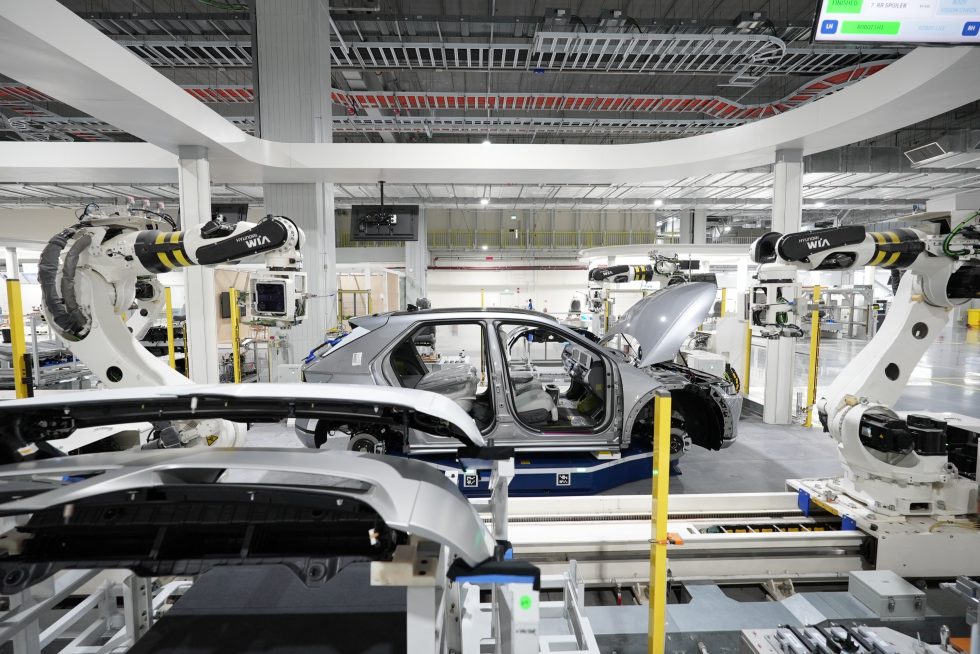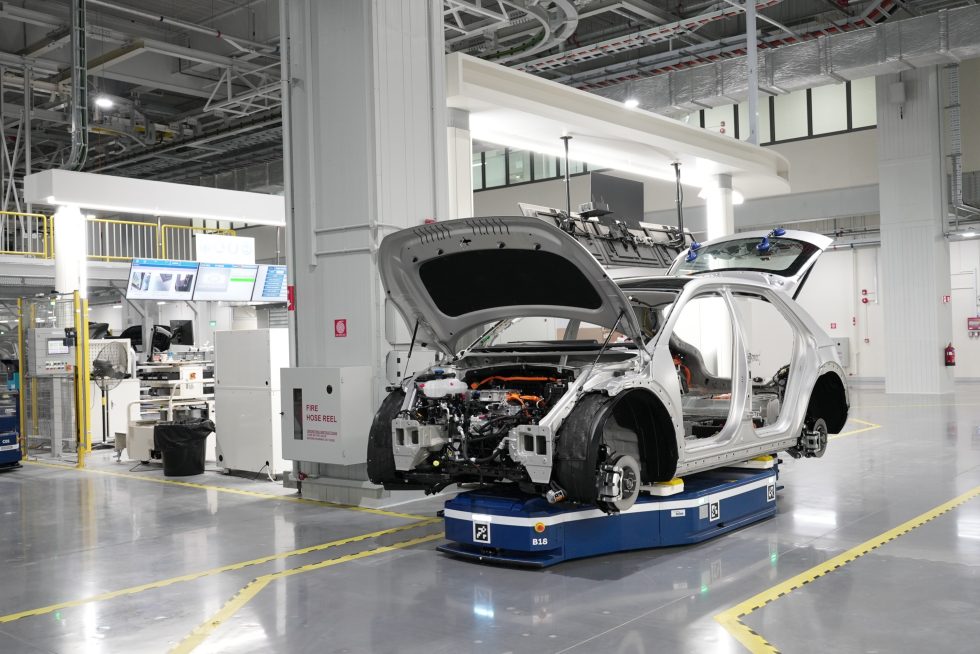
SINGAPORE—The Hyundai Motor Group seems to have figured it out. While other automakers are pulling back on EVs, the Korean automaker continues to introduce EVs that people like and are purchasing.
It's not rocket science that if you offer good EVs at relatively reasonable prices, the sales will follow. Or maybe it is; I don't want to pretend I understand the mind of an automotive CEO.
As HMG gears up for additional models in its lineup and falls for the allure of increased EV sales, it's building additional facilities, including the Georgia Metaplant that Hyundai is rushing to start production in 2024. Once at peak production, Hyundai says it will spit out about half a million EVs a year.
I visited another plant. The Hyundai Motor Group's Innovation Center in Singapore (HMGICS) isn't targeting large numbers. Instead, it's a facility built to figure out how to make that Metaplant more efficient while piloting programs to offer up personalized, low-run EVs.
The machine that builds the machine
In Singapore, HMG is working toward the machine that builds the machine. Instead of trying to put it into practice at a major factory the way Tesla did with the Model 3, it's trying out different ways to incorporate more robots and AI (yeah, AI) to reduce the number of humans on the line. Well, not really even a line. HMG has removed that aspect of car building at this facility.
I've been fortunate enough to visit quite a few vehicle assembly lines. Outside of a few small differences here and there, they're all pretty much the same, with humans and robots working together, each with its own task, to build a vehicle. One thing that's for the most part a human job is installing the dash and seats. Even if a robot moves the items into place, a human adjusts and secures them to the vehicle.
Hyundai's Innovation Center has put robots in charge of that entire task. One robot places the dash while another swings in and secures it to the vehicle. An impressive feat, because this task is full of constantly changing variables.

While manufacturing has become incredibly efficient at pumping out vehicles, there are slight differences between every single frame that comes down the line and the placement of the vehicle itself within a space. When you have humans who are able to adjust to teeny, tiny differences on the fly, it's not an issue. Robots have a tougher time figuring this out.
To solve these issues, the robots themselves are nothing special, but they are equipped with computer vision and sensors. Then there's AI thrown in so that the machine understands when things don't always line up perfectly and adjusts to the environment. The system is not quite where Hyundai wants it to be yet. The goal is to determine calibration for every single vehicle via 3D scanning and then have each robot take the information and adjust itself on the fly.
Hyundai points to increased quality in manufacturing and the ability to quickly adjust the robots thanks to the advanced tools that power them. If it can pull this off at scale in a place like the Metaplant, it could be a game-changer, saving time and money in the manufacturing of vehicles.

As for the factory line, that doesn't really exist here. Instead, Hyundai is using workstations called cells. A vehicle sits on a robot carrier and is transported to each cell to have part of its assembly fulfilled. Each cell has a time limit based on how long it should take to complete a task. This is true for robot-only and human-robot partnerships, which brings us to the robots.
reader comments
47